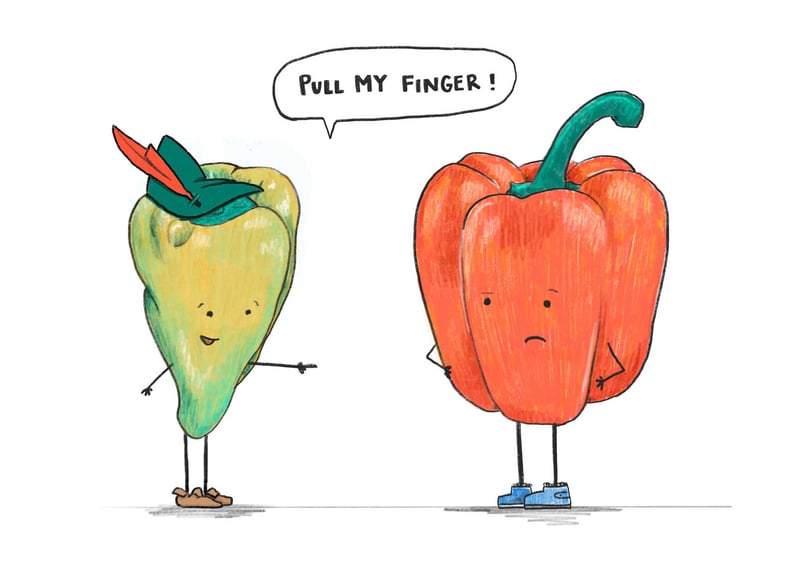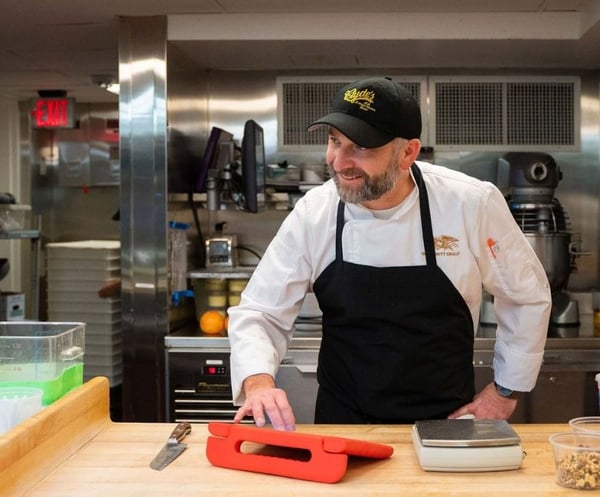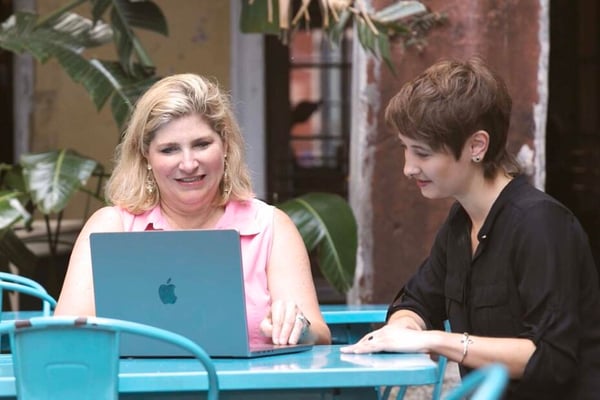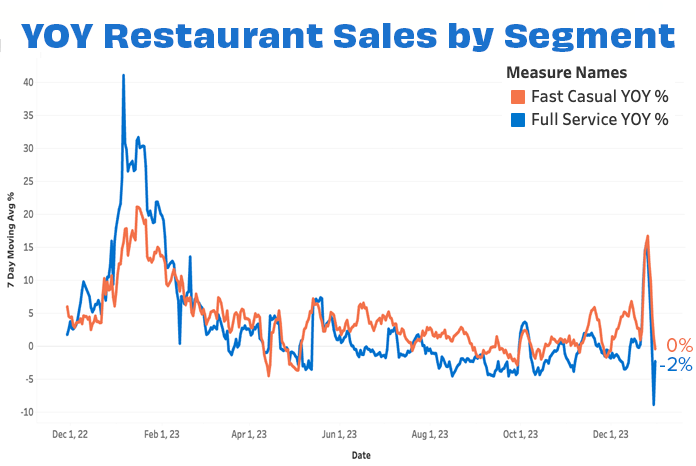The Board: January 2024
This month we look at: bell pepper prices, how often you should be taking inventory, the importance of a digital presence for your restaurant, and national restaurant sales and inflation trends from December.
Even though I'm sure you've heard it at least 6 billion times this month, I can't believe it's already 2024.
While many of you are likely recovering from a busy holiday season, we thought there was no better time to focus this newsletter on a few restaurant resolutions like taking inventory more (or at all) and improving your restaurant's digital presence.
And as we approach Valentine's Day, I have an ask for anyone who'd be willing to share some love with their favorite restaurant. Since we know Valentine's Day can be kinda rough for restaurant workers, we at MarginEdge like to use it as an excuse to shower our industry with extra warm fuzzies to help power through.
If you have a favorite restaurant, a special restaurant memory or just know a restaurant team that deserves some extra ❤️ this Valentine's Day, we'd love to hear all about it! Share your restaurant love story with us and them here (secret admirers are also welcome if you're feeling shy!).
Know someone who would like to join our 59,891 subscribers? Forward to a friend or send them this link.
- Rachel & the MarginEdge team

MONTHLY SALES METRICS & UPDATE
Fast Casual ended the month dead even with December 2022's numbers and Full Service was not far behind with -2%. Both segments' saw their best performance on Christmas Eve and Day, with Full Service peaking at around 14% and Fast Casual at 17%. Given the strong growth for both segments over Christmas 2022, these numbers are especially ones we're celebrating.
The average food category costs as a percentage of sales dropped slightly from last month for MarginEdge customers, with food costs averaging 27% of sales.


ITEM TO WATCH
Bell Peppers
2023 might've been the hottest year on record, but that doesn't mean bell pepper-growing regions got the message. Prices for red, yellow and orange bell peppers have been increasing lately, with their immature green counterparts holding steady.

.jpg?width=600&height=400&name=Oak_and_Ola-DSC_1329-601x401-05d96dc%20(1).jpg)
Oak & Ola | Tampa, FL
ASK [me] ANYTHING
How often should I be taking inventory (and do I really have to)?
💬 Ask [me] anything!
Really. Each month we’ll take a look at the questions we get and answer one here. Have a question about our product, accounting, or restaurant operations in general? 💌 Email me or message us on our social media channels.


Clyde's | Washington, D.C.
THE ECONOMY
Order Inflation Up (still)
While not the most amazing news, December's inflation numbers are in and things are, well, steady. Food away from home came in at 0.3% which is down from November's 0.4% increase, and overall food inflation rose 0.2%. Meats, poultry, fish and eggs rose 0.5% driven by an 8.9% increase in the index for eggs (our item to watch 👀 last month).
Compared to last year, the index for food away from home rose 5.2% overall, with Limited Service meals increasing 5.9% and Full Service rising just 4.5% over the last 12 months.
The market responded well, but strategists are pushing their timeline for a Fed interest rate cut back a few months with the news. Year over year, the overall index closed 2023 at 3.4%, which is still high but much better than December 2022's 6.4%. 

Cane and Table | New Orleans, LA
'TIS THE SEASON
Managing your digital presence
While your level of interest in having an online presence for your restaurant may depend on whichever generation you ascribe to, no one can deny that we are in a digital age and your restaurant is a part of it (whether you like it or not).
Shout out to the old-school owners who'd rather go through daily, voluntary health inspections than start an Instagram account. We see you and we love you. And your guests love you too — which is what makes a digital presence all the more important.
Let's start with the basics — what is a digital presence? Basically, it's any way your guests can interact with your brand online whether that be review sites (like Google and Yelp), social media channels, your website or even online ordering apps.
Why should you care (and should you even care)? According to a recent study by Toast, yes, you should definitely care because 48% of diners use digital methods to find new restaurants, and 43% of diners won't go to a restaurant if its rating is below 3 to 3.5 ⭐.
We recommend (at the very least) monitoring and responding to reviews on Google and Yelp (just like you already do in your dining room), as well as having either a website or Facebook page to post basic information like hours of operation, phone numbers and location(s). If you're not sure where to start or don't have the resources to hire someone to manage your digital presence, there are a lot of tech options out there including some from your POS.
What's [me] into
📖 WHAT WE'RE READING
🎧 PODCASTS WE'RE DIGGING
|


![[Sign up for our newsletter] Get sales data and restaurant insights straight to your inbox each month](https://no-cache.hubspot.com/cta/default/6423873/2b19fcb4-92a7-41e5-8a2f-75a74dad0c24.png)


